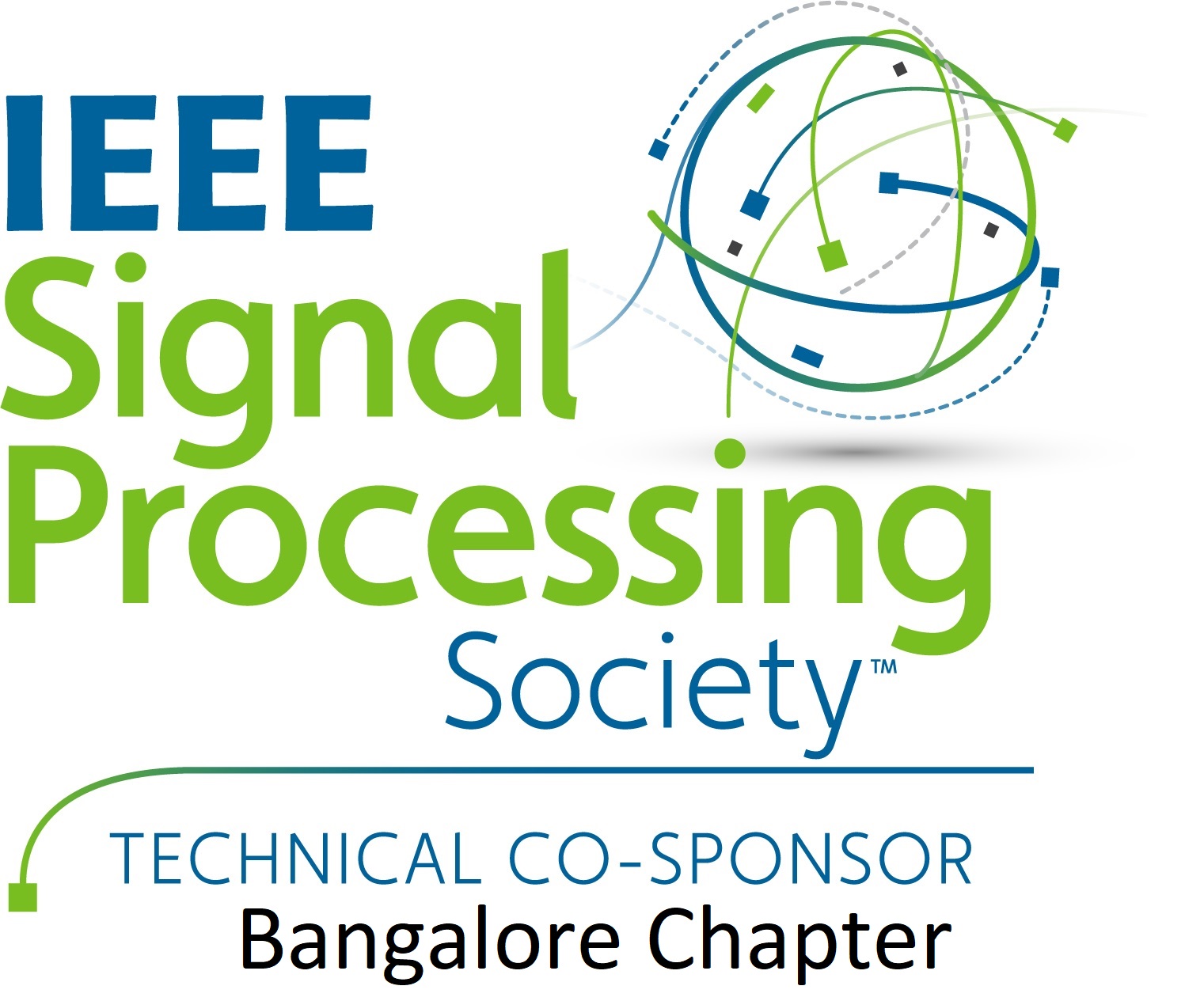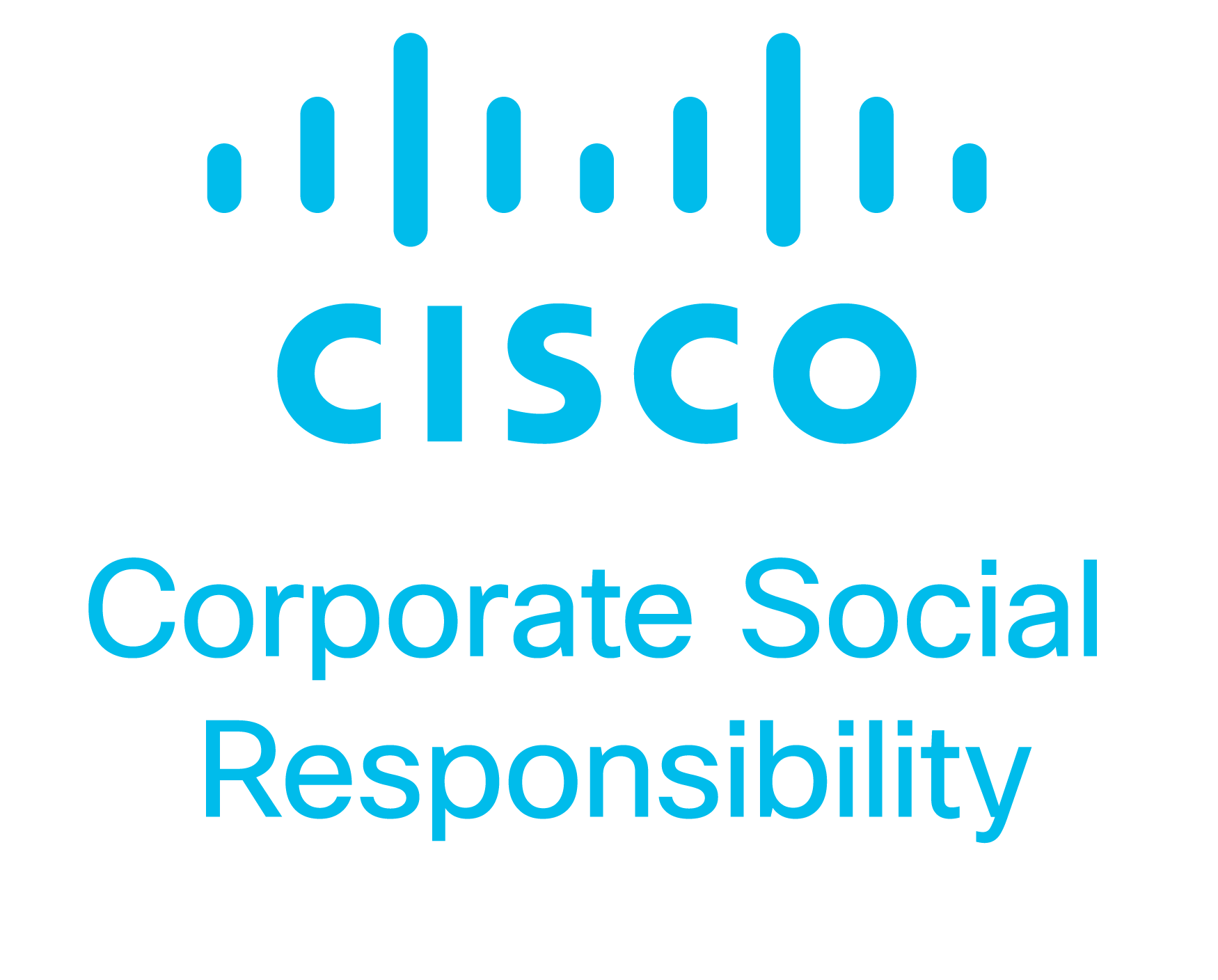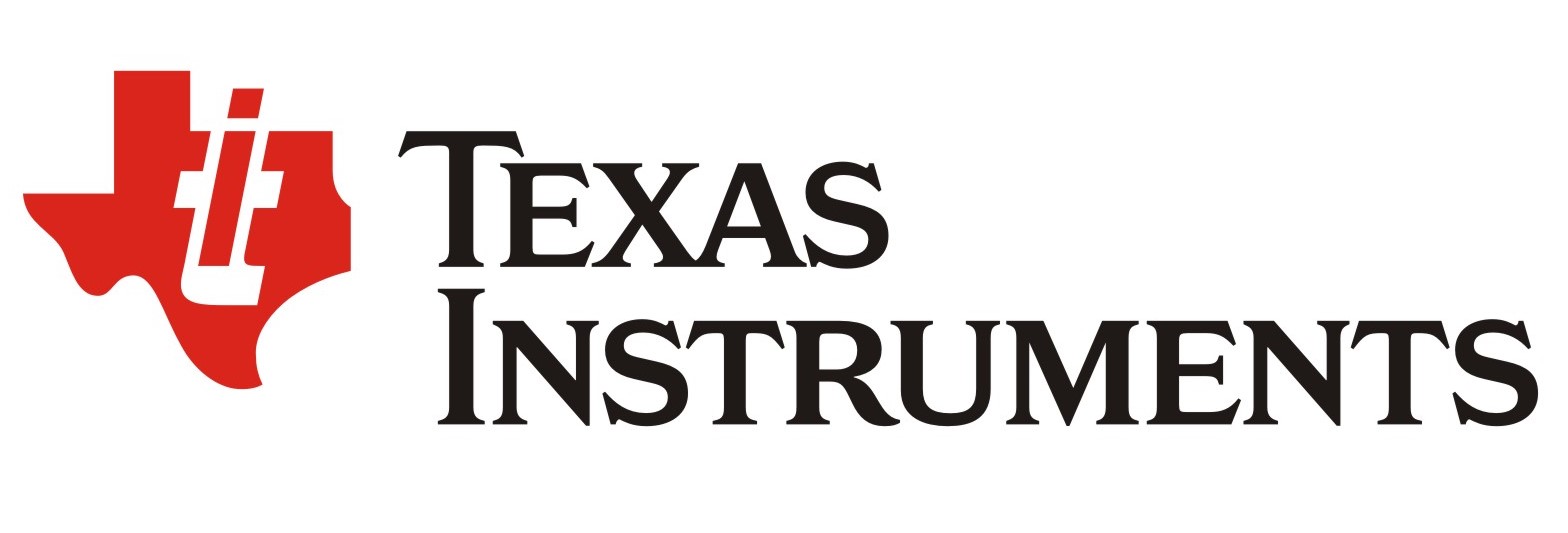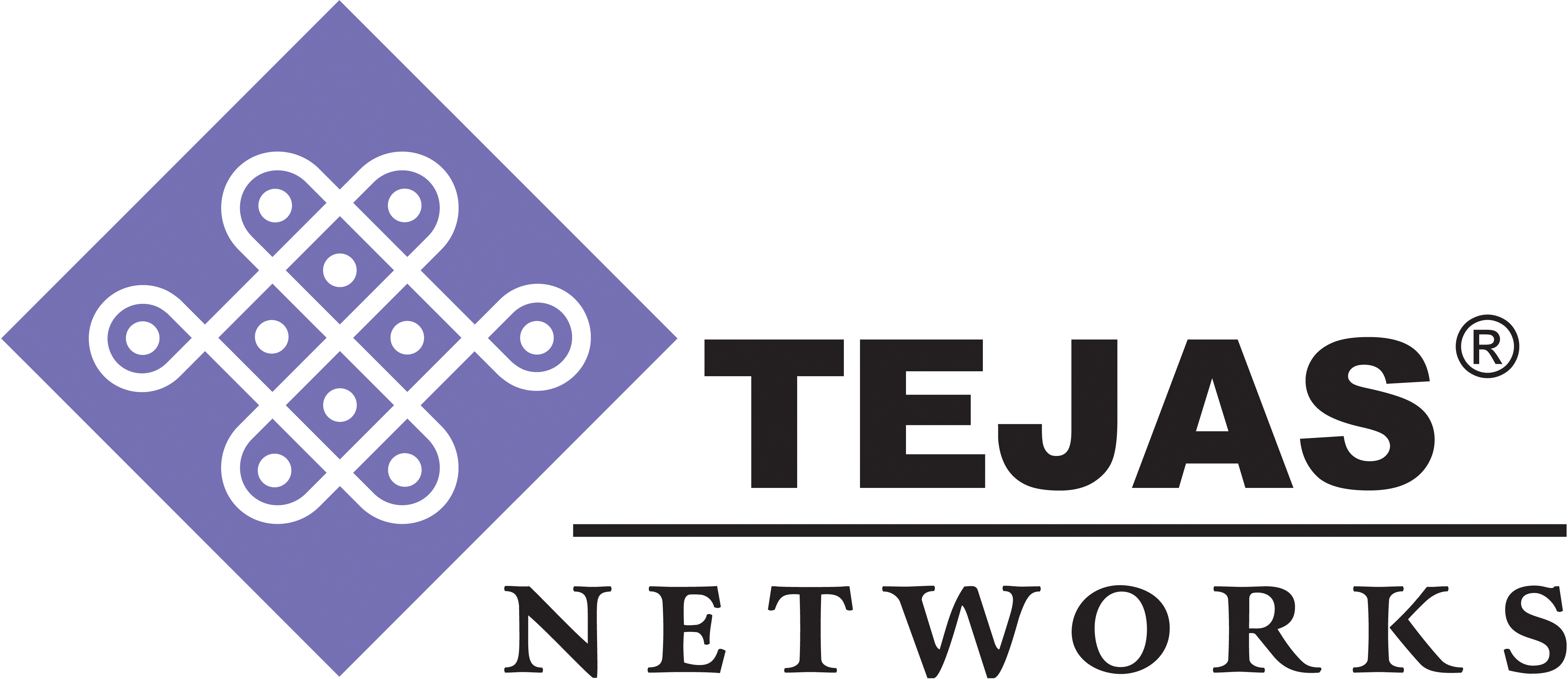











SPCOM 2020 has two award categories for rewarding papers with outstanding technical content: Best Paper Award and Best Student Paper Award (student first author). Further, there will be two prizes in each award category. Based on the scores and comments received during the double-blind review, the Technical Program Chairs have shortlisted the following papers as contenders for the awards. The selection will be made by an Awards Committee comprising experts in the areas of interest to SPCOM. The criteria for selection include the technical contribution of the paper, the quality of the video presentation, and Q&A during the interaction session.
SPCOM 2020 Best Paper Award Winner
Paper No 144
Title: End-to-end audio-scene classification from raw audio: Multi time-frequency resolution CNN architecture for efficient representation learning
Authors: T. Vijaya Kumar, R. Shunmuga Sundar, T. Purohit, and V. Ramasubramanian
SPCOM 2020 Best Paper Award -- Honorable Mention
Paper No. 147
Title: Modified Bethe permanent of a nonnegative matrix
Authors: Shashank Vatedka and Pascal Vontobel
SPCOM 2020 Best Student Paper Award Winner
Paper No. 219
Title: Index coding at the WiFi edge: An implementation study for video delivery
Authors: Lalhruaizela Chhangte, Emanuele Viterbo, D. Manjunath, and Nikhil Karamchandani
SPCOM 2020 Best Student Paper Award -- Honorable Mention
Paper No. 352
Title: Jointly learning to align and transcribe using attention-based alignment and uncertainty-to-weigh losses
Authors: Shreekantha A Nadig, Sumit Chakraborty, Anuj Shah, Chaitanay Sharma, V. Ramasubramanian, and Sachit Rao
| Paper ID | Paper Details |
|---|---|
| 147 | Modified Bethe permanent of a nonnegative matrix by Shashank Vatedka and Pascal Vontobel |
| 352 | Jointly learning to align and transcribe using attention-based alignment and uncertainty-to-weigh losses by Shreekantha A. Nadig, Sumit Chakraborty, Anuj Shah, Chaitanay Sharma, V. Ramasubramanian, and Sachit Rao |
| 239 | PhaseSense: Signal reconstruction from phase-only measurements via quadratic programming by Vinith Kishore, Subhadip Mukherjee, and Chandra Sekhar Seelamantula |
| 144 | End-to-end audio-scene classification from raw audio: Multi time-frequency resolution CNN architecture for efficient representation learning by T. Vijaya Kumar, R. Shanmuga Sundar, T. Purohit, and V. Ramasubramanian |
| Paper ID | Paper Details |
|---|---|
| 352 | Jointly learning to align and transcribe using attention-based alignment and uncertainty-to-weigh losses by Shreekantha A Nadig, Sumit Chakraborty, Anuj Shah, Chaitanay Sharma, V. Ramasubramanian, and Sachit Rao |
| 289 | Spatial HRTF interpolation using spectral phase constraints by Aditya Srivastava, Gyanajyoti Routray, and Rajesh M Hegde |
| 331 | Online service policies for content delivery by Kota Srinivas Reddy, Arunabh Saxena, Sharayu Moharir, and Nikhil Karamchandani |
| 285 | On the physical layer security over $alpha$-$eta$-$kappa$-$mu$ fading for relay based vehicular networks by Sagar Kavaiya, Dhaval Patel, Guan Yong Liang, Sumei Sun, Yoong Choon Chang, and Joanne Mun-Yee Lim |
| 219 | Index coding at the WiFi edge: An implementation study for video delivery by Lalhruaizela Chhangte, Emanuele Viterbo, D. Manjunath, and Nikhil Karamchandani |